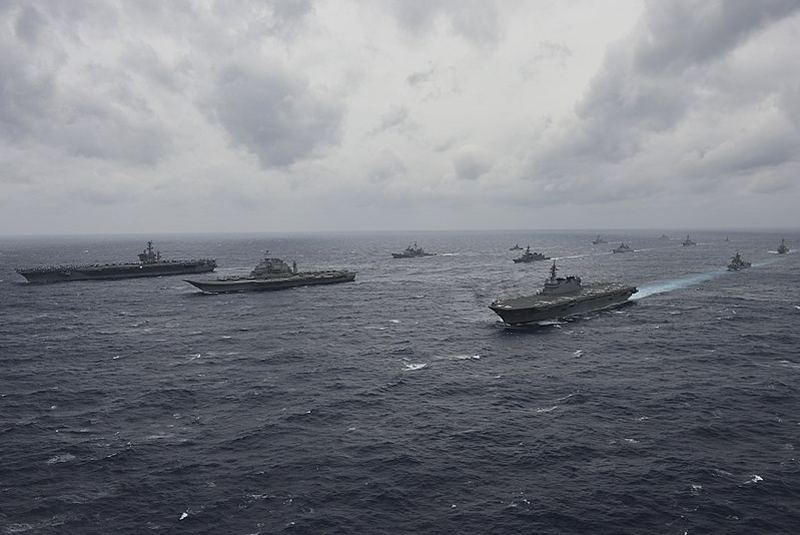The ongoing discussion about Australia’s inclusion in the annual Malabar naval exercises, held between India, the United States (US) and Japan, sums up the present state of geopolitics in the Indo-Pacific region. Being the close US ally and a member of the Quadrilateral Security Dialogue (The Quad), Australia should appear as a natural candidate for participation in the Malabar exercises. However, owing to the likely reaction that Australia’s inclusion would trigger in Beijing, it has not happened yet. There is growing speculation that this year, shedding the inhibitions of the past, a formal invitation would be extended to Australia and that finally, Australian navy would be able to participate in the Malabar exercises.
India has been grappling with questions surrounding the Australian navy’s inclusion in the Malabar exercises since 2007, when the Quad was launched for the first time. As the navies of India, Japan, US, Australia and Singapore participated in the military exercises in the Bay of Bengal in 2007; it seemed the first step towards the idea of ‘Asia’s Democratic Security Diamond’, articulated by the Japanese Prime Minister Shinzo Abe. However, China feared that this was a plan to bring about ‘Asian NATO’ and protested angrily that these countries are ganging up against it.
Sensing the adverse reaction from China, Australia pulled the plug on the Quad and the idea was given a quiet burial. Australia’s desire to respect the sensitivities of Beijing and not offend its closest economic partner was apparent. India, it seemed, was also anxious about the strong reaction from China and its implications for the Sino-Indian bilateral relationship. Therefore, in the next few years, although India deepened its security co-operation with the US and Japan, India-Australia ties could move forward only gradually.
Copyright©Madras Courier, All Rights Reserved. You may share using our article tools. Please don't cut articles from madrascourier.com and redistribute by email, post to the web, mobile phone or social media.Please send in your feed back and comments to [email protected]











